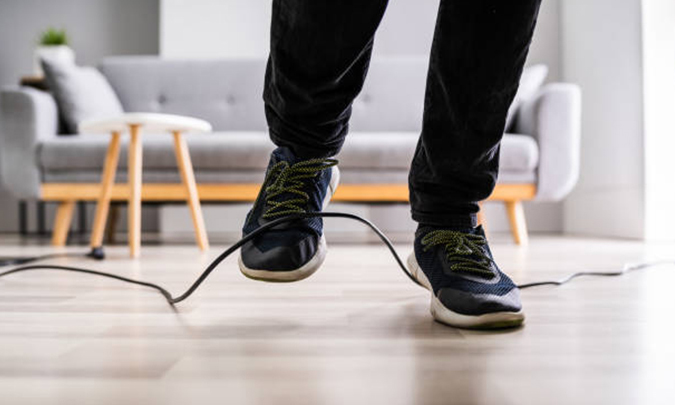
Published on September 20, 2023
Read Time: 2 Minutes
National Rehabilitation Awareness Week is observed the third week of September each year. According to the Centers for Disease Control and Prevention (CDC), more than one out of four older people falls each year, but less than half tell their doctor. Falling once doubles your chance of falling again. Thankfully, falls can be prevented. Physical Therapist Kaycee Dukes and Occupational Therapist Ginny Weaver, both with the Phelps Health Acute Rehabilitation Unit, share advice to prevent falls in the home.
Your health matters: Minimize your personal fall risk by following these tips:
- Talk to your doctor or healthcare provider: Ask your provider to evaluate your risk for falling. Talk with them about specific actions you can take to lower your fall risk.
- Review your medications: Ask your healthcare provider or pharmacist to look over your medication list (including prescription and over-the-counter medicines, vitamins and herbal supplements) to see if any of them might cause dizziness or sleepiness. You also may want to ask your provider about taking vitamin D supplements.
- Do strength and balance exercises: Engage in specific exercises that strengthen your legs and improve your balance. Swimming, yoga and Tai Chi are good examples of these types of exercise.
- Have your eyes checked: Get annual eye exams and update your glasses as needed. If you have bifocals or progressive lenses, you may want to get a pair of glasses with only your distance prescription for outdoor activities, such as walking. Sometimes, these types of lenses can make things seem closer or farther away than they really are.
Make your home a safer place with these practical modifications:
- Remove obstacles that can be tripped over in the home, such as clutter, books and shoes.
- Secure loose rugs and carpets.
- Choose sensible footwear: Wear well-fitting shoes with nonslip soles and good support, indoors and outdoors.
- Add grab bars inside and outside your tub or shower, and next to your toilet.
- Put railings on both sides of the stairs.
- Make sure your home is well lit, by adding more and brighter light bulbs. Consider installing nightlights in hallways, bathrooms and bedrooms to help with nighttime navigation.
- Organize kitchen cabinets: Store frequently-used items at waist level to avoid the need to reach high or bend low.
- Keep emergency numbers handy.
- Consider home modifications: Depending on your needs, you may need to make more significant home modifications like installing ramps or a stairlift.
Remember that preventing falls is an ongoing process. Be sure to regularly reassess your home's safety and make necessary adjustments as your needs change.
Risk Prevention
If you or a loved one is at high risk of falling, consider meeting with a physical or occupational therapist for personalized recommendations. Start the process by contacting your primary care provider today.